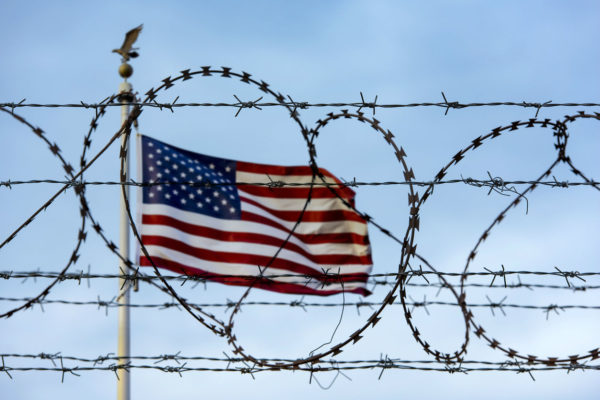Border and asylum policies are some of the harshest ever, and it is about to get worse. With likely White House sign-off, Congress is poised to limit asylum further and allow for more rapid deportations in exchange for aid to Ukraine and Israel. Texas has adopted a law that creates a state-level deportation scheme.
So, high numbers of arrivals at the southern border are not a result of generous immigration policies as some politicians claim. Rather than doubling down on failed border enforcement and deterrence strategies, we need a new approach.
Migrants journey to the border because of danger in their home countries, such as Cuba, Venezuela and Afghanistan, with horrific human rights situations the United States condemns. According to the U.N. refugee agency, forced displacement worldwide has risen dramatically and is comparable only to the period immediately after World War II. The lack of legal U.S. migration pathways for family reunification or work also pushes migrants to make the trek to the border.
Rather than recognizing the humanitarian situation, though, we have seen a decades-long ramp-up of barriers to asylum. Currently, asylum seekers who are unable to secure numerically limited appointments through the glitchy CBP One app are physically prevented from reaching or crossing through border checkpoints. Those who manage to enter the United States outside of official entry points, despite razor wire and floating buoys, generally turn themselves in or are apprehended and are often promptly deported. The federal government and the state of Texas also criminally prosecute many such border crossers.
Some succeed in communicating a fear of return home and are labeled as asylum seekers, but they are generally detained or placed on GPS monitors. Asylum seekers then must undergo a high-stakes “credible fear” screening interview to prevent rapid deportation and win the chance to present their claims in court.
New Biden administration rules make this screening much stricter by imposing Trump-era requirements unrelated to a person’s fear of harm. Around half of asylum seekers now fail, whereas over 80% previously passed. And those that pass must prove their cases again in court in a trial setting. Asylum grants in immigration court are rare — usually fewer than 25,000 each year — regardless of the levels of need for protection.
These harsh policies do not stop arrivals at the border, but they do have serious negative consequences, since asylum seekers are returned to their home country. The policies also do not make the United States safer. Instead, they force asylum seekers into the hands of smuggling rings, which incentives and profits organized crime, making both sides of the U.S.-Mexico border more violent.
The U.S. should switch gears to emphasize humanity and efficiency. To begin, we should skip over resource-wasting credible fear screening interviews and detention for migrants arriving from situations that regularly produce viable claims, automatically referring those cases for full asylum adjudication.
For example, recently, multiple government offices were involved in GPS monitoring and a five-hour screening interview of my asylum client and his young son who had a straightforward claim based on political repression. The family passed the screening, meaning that the claim will now be heard again in court. A streamlined approach would free up resources for faster and more robust asylum decisions and for real law enforcement priorities.
The federal government should also provide an infusion of funding for processing and reception at the border and within the United States. Quicker processing into the United States would reduce the chaos at the border, and numerous organizations stand by to integrate migrants into communities, if funding is available. Additional measures are needed, but these would provide immediate relief.
The United States should be known for leadership rather than cruelty at the border. We all would be better off.
Denise Gilman is clinical professor of law and co-director of the Immigration Clinic at The University of Texas at Austin.
A version of this op-ed appeared in the San Antonio Express News, Austin American-Statesman, Rio Grande Guardian, and the Waco Tribune Herald.




